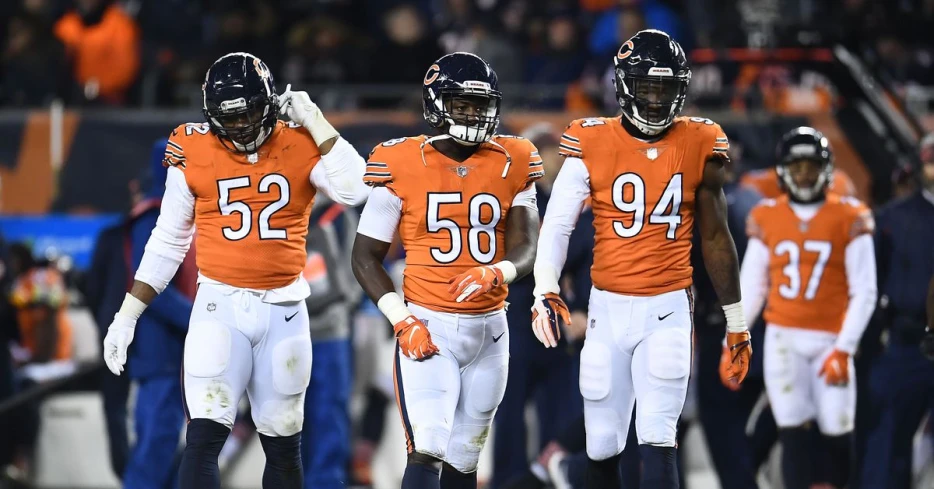
 Windy City Gridiron
Windy City Gridiron
Looking at 2500 players drafted over the first ten years of the rookie salary scale and modern collective bargaining agreement, this project studies what actually happens in terms of finding stars, starters, and role-players in the NFL Draft.
This project began three years ago and now includes the first ten draft classes (from 2011 through 2020) under the new CBA. All player outcomes have been normalized to their first five years (and only their first five years). This is long enough to determine whether or not at least one NFL team “reinvested” in them by either the fifth-year option or a second contract, but short enough that it allows me to include 2,500 players once specialists like punters, placekickers, and long snappers are excluded.
This series is divided into seven parts.
Part 1 will look at a global overview and Day 1 Players
Part 2 will look at Day 2 Players
Part 3 will look at Day 3 Players
Part 4 will break offensive linemen and some of the nuances surrounding these selections
Part 5 will focus on offensive skills players, exclusive of quarterbacks, with a look at measurable production
Part 6 will do the same with defensive players
Part 7 will summarize finds and draw additional conclusions.
At the moment, the intent is to roll out more information after this as I have time and energy for it, but the database has just under 48,000 primary items in it (e.g. number of games played by the 119th pick in 2014), to say nothing of derived data points (but more about that later).
Various truisms surround the draft, ranging from the belief that there’s a minimum number of starters who should be found by GMs in a class or that players have a specific “average career.” The purpose of this overview is not to disagree with those truisms. Instead, it is to present facts with a transparent methodology.
Teams might designate someone as a starter for the season only for him not to play due to injury. Meanwhile, a database might report someone as not having had any seasons as a starter because when he made 6, 7, and 7 starts in his first three years (totalling 20 games), he never crossed the 50% threshold for any one season. Thus, this report breaks things down to the game level.
The “average” player drafted played in 42.5 games in his first five years, or roughly half of the games that would have been available to him. However, he only averaged 22.5 starts in five years (or a little under 1.5 seasons).
Using a cutoff of 60 games played (or around three-quarters of the available games) as the measure of being a reliable contributor, 911 players were found via the draft who did at least this much for teams. That means that in each draft the average team finds only 2.85 players who would be classified as reliable contributors.
Likewise, placing a cutoff of 40 starts (half of...